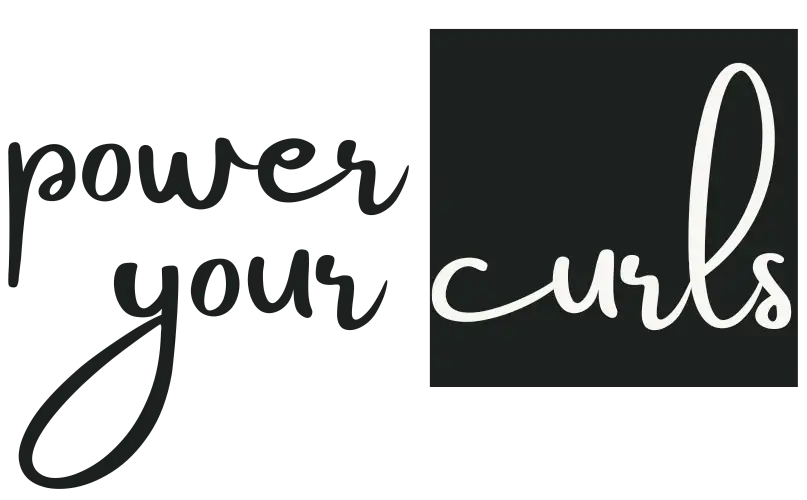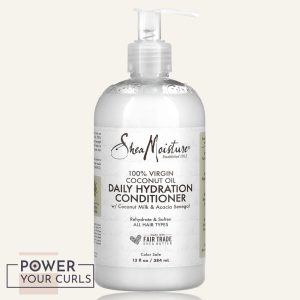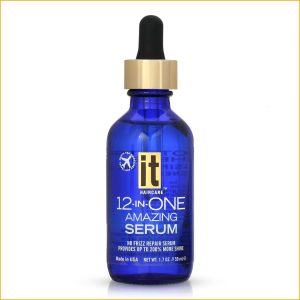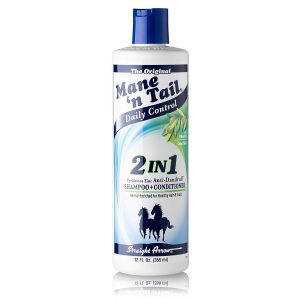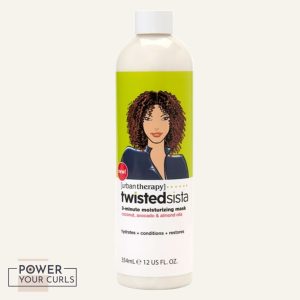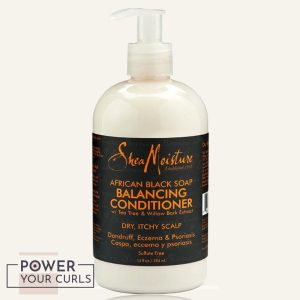If you’re a curly-haired queen, chances are you’ve dealt with the frustration of curly hair breakage at some point. Those frayed, split ends and random short pieces sticking out can make your gorgeous curls look unkempt and drive you crazy trying to tame them. This is where this article comes to your rescue. In this piece, I’ve got you covered with all the tips and tricks to bid adieu to breakage woes once and for all!
- #1 Moisture is the Answer to Your Prayers
- #2 Maintain a Healthy Scalp Environment
- #3 Using Gentle, Curly-Friendly Products
- #4 Detangling Without Tears (Or Knots)
- #5 Pump Up the Protein Treatment
- #6 Heat-Free Styling is the Way to Be
- #7 Adopt Pineappling and Other Protective Styles
- #8 When All Else Fails, Snip Those Splits
- Consistency is the key
What Causes Those Pesky Splits and Snaps in curly hair?
Curly hair is naturally drier and more prone to breakage than straight hair due to the winding curlier pattern. This causes several issues – the hair cuticle tends to be raised, allowing moisture to seep out easily. The curving hair strand causes friction, leading to weakening over time. Plus, curly hair tends to be drier at the ends as natural oils from the scalp have a harder time traveling down.
To add to that, most curlies deal with some form of dryness, whether from the environment, harsh products, or over-manipulation. Using too much heat, and physical stress from aggressive detangling, towel drying, and hairstyling can also rough up your cuticles over time leading to unwanted breakage. No wonder we’re always chasing moisture!
#1 Moisture is the Answer to Your Prayers
I can’t stress this enough – moisture is everything for curly hair! Keeping your curls hydrated is the number one way to prevent dryness, frizz, and the resulting breakage. Think of your hair like a plant – when you water it regularly, it thrives. But let it get parched, and it’ll start showing signs of damage.
My top tip is to do a weekly/bi-weekly deep conditioning hair mask tailored to your curl type and concerns. Look for ultra-moisturizing ingredients like shea butter, glycerin, honey, and plant oils/butter. I swear by the Shea Moisture Jamaican Black Castor Oil Mask – it leaves my curls buttery soft and defined for days.
A fair word of caution: do not go overboard with hydration or you’ll end up overhydrating your curls which will weigh them down.
#2 Maintain a Healthy Scalp Environment
Just like the soil needs to be nutrient-rich for plants to thrive, your scalp’s environment plays a crucial role in your hair’s strength and growth. Debris, excessive oils, and product buildup can clog follicles and stunt growth, leading to thinning, shedding, and breakage over time.
Be sure to gently scritch and massage your scalp regularly when cleansing to slough off any buildup. Using a scalp brush or gemstone massage tool can also help increase blood circulation. If you have persistent scalp issues like dandruff, scalp psoriasis, or intense itching, see a dermatologist for remedies.
I also recommend incorporating ingredients like tea tree oil, rosemary, peppermint, and apple cider vinegar into your regimen. These can help cleanse, soothe, and rebalance the scalp’s microbiome for optimal curl growth.
#3 Using Gentle, Curly-Friendly Products
Read those ingredient lists carefully.
The products you use can make or break your curly hair journey. Many mainstream haircare products contain harsh sulfates, silicones, waxes, and drying alcohols that can lead to dryness, buildup, and breakage over time.
Instead, opt for gentle, curl-enhancing products that are free of these culprits. Look for cleansers with mild surfactants like cocoamidopropyl betaine or decyl glucoside instead of sulfates. Use hydrating conditioners and stylers packed with botanical ingredients, oils, butter, and humectants like glycerin or honey.
Some of my favorite brands for curly hair include As I Am, Camille Rose, Mielle Organics, Kinky-Curly, and Carol’s Daughter. I also recommend doing a clarifying wash every 4-6 weeks to remove buildup. An apple cider vinegar rinse works wonderfully as a gentle clarifier.
#4 Detangling Without Tears (Or Knots)
Rough detangling is one of the biggest culprits behind nasty little fairy knots, single-strand knots, and broken hairs. Always detangle curly hair gently and patiently starting from the ends and working up in sections. Use a wide-tooth comb or detangling brush specifically meant for curls.
My favorite is the Felicia Leatherwood Detangler Brush – it just glides through knots!
Detangling is also easier when your hair is drenched with a silky, slippery conditioner or detangler spray. Try mixing conditioner with water in a spray bottle for ease. Finally, resist the urge to detangle dry hair – always mist hair with water or detangle in the shower first.
-
100% Virgin Coconut Oil Daily Hydration Conditioner
AED 42.20 -
12-In-One Amazing Serum No Frizz Repair Serum
AED 100.00 -
2 In 1 Pyrithione Zinc Anti-Dandruff Shampoo + Conditioner
AED 30.00 -
3-Minute Moisturizing Mask
AED 46.99 -
African Black Soap Balancing Conditioner
AED 51.20 -
Aloe & Coconut Water Curl Milk & Detangler
Original price was: AED 25.00.AED 20.00Current price is: AED 20.00.
To better manage detangling check out our curly hair detangling guide.
#5 Pump Up the Protein Treatment
In addition to moisture, curly hair also needs regular protein to remain strong and elastic. If your hair seems to be breaking, snapping off, or stretching permanently when pulled, it’s likely craving some protein TLC.
Signs you may need a protein treatment include excessive shedding, dry and brittle strands, and curls that won’t hold their shape and definition. Look for products with hydrolyzed proteins like keratin, silk, wheat, or rice.
My go-to is the Aphogee 2-Step Protein Treatment – it works wonders at temporarily rebuilding strength. Just don’t overdo it, as too much protein can cause more breakage.
#6 Heat-Free Styling is the Way to Be
We all love a good blowout or silk press now and then, but using too much high heat is extremely damaging for curly hair. The intense heat from blow dryers, flat irons, and curling wands can cause the hair’s outer cuticle layer to bubble up, leading to disturbing brittleness, dryness, and breakage.
That’s why I always recommend taking a break from heat-styling tools as much as possible. Instead, learn to embrace and enhance your natural curl pattern with heat-free styling techniques like plopping, banding, finger coiling, etc. Cute curly hairstyles like twist/braid-outs, bantu knots, or pineappling for bed can give you fresh curls daily with zero heat damage.
#7 Adopt Pineappling and Other Protective Styles
The friction from our hair rubbing on pillows and surfaces when we sleep can also lead to frizz, knots, and breakage. That’s why I always preach about pineappling your hair at night! Simply gather all your curls into a loose high pineapple at the top of your head and secure with a soft, seamless scrunchie or buff. This prevents your hair from rubbing and maintains your curl pattern overnight.
Other protective hairstyles like buns, braids, twists, and updos are great for reducing friction, tension, and breakage on your length too. Just be sure not to make them too tight, which can also lead to breakage along the hairline and nape area. I prefer wearing my hair in a casual topknot or high puff on lazy days.
#8 When All Else Fails, Snip Those Splits
Sometimes, no matter what you do, you may get some stubborn dry, damaged split ends that just refuse to budge. In cases like these, it’s better to simply snip them off before they travel up the hair shaft causing more breakage.
There are two ways to do this – dusting and trimming. Dusting involves just lightly snipping off the bare minimum amount (1/4 – 1/2 inch) to get rid of splits and damaged ends without reshaping your hair. It’s great for maintaining length while periodically removing pesky splits. Trimming, on the other hand, means taking off anywhere from 1-3+ inches to remove serious damage and restructure your hair’s shape.
If you only have a few random splits here and there, dusting every few weeks may suffice. I typically dust mine every 4-6 weeks. But if you’re dealing with gummy, frayed ends throughout or your hair’s shape is compromised, it’s better to just bite the bullet and go for a proper trim. Don’t be afraid – shorter, healthier hair is better than longer damaged strands any day!
Consistency is the key
By following these tips on moisture, protein, gentle handling, regular trims, heat-free styling, and maintaining a healthy scalp environment, you’ll be well on your way to stronger, more resilient curls. No more cringing at every snap and tick of breakage!
I know the curly hair journey can be daunting at times, with so much info out there on what to do and what not to do.
Trust me, once you get that tailored routine down, you’ll be stunned at how much stronger, bouncier, and more defined your spirals look and feel. With the right techniques and a whole lotta moisture, you’ve got this! After all, what could be more powerful than a curly girl who has finally conquered breakage for good?
